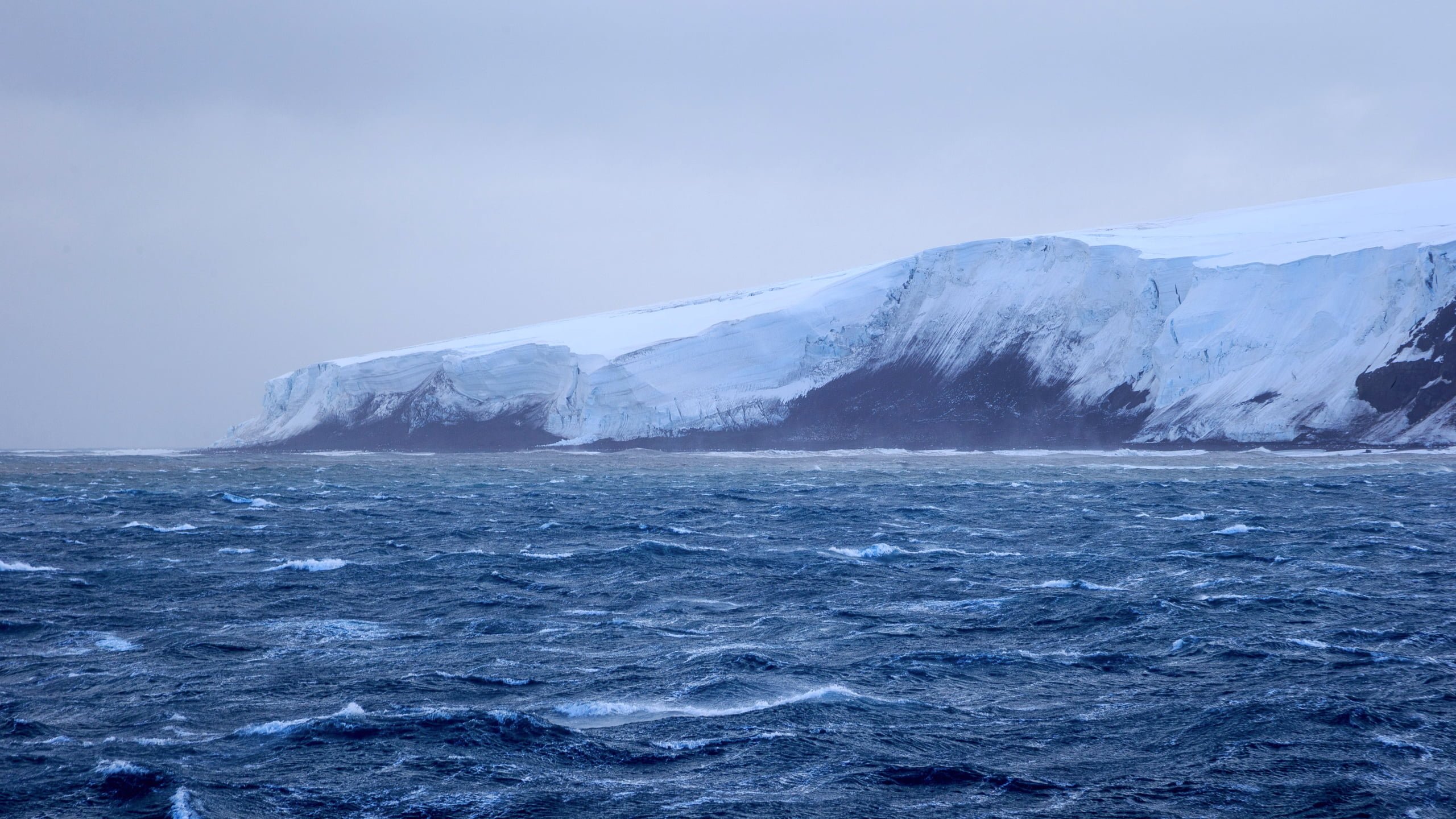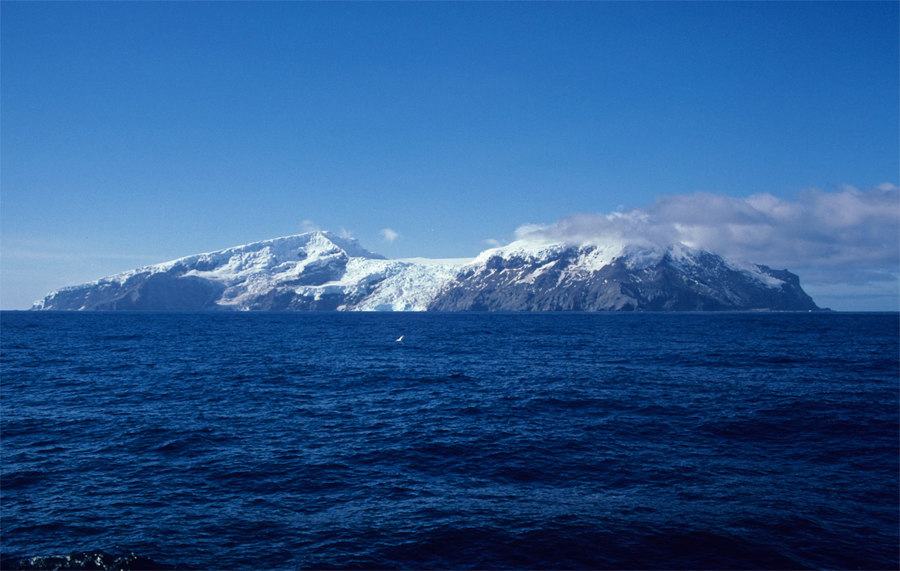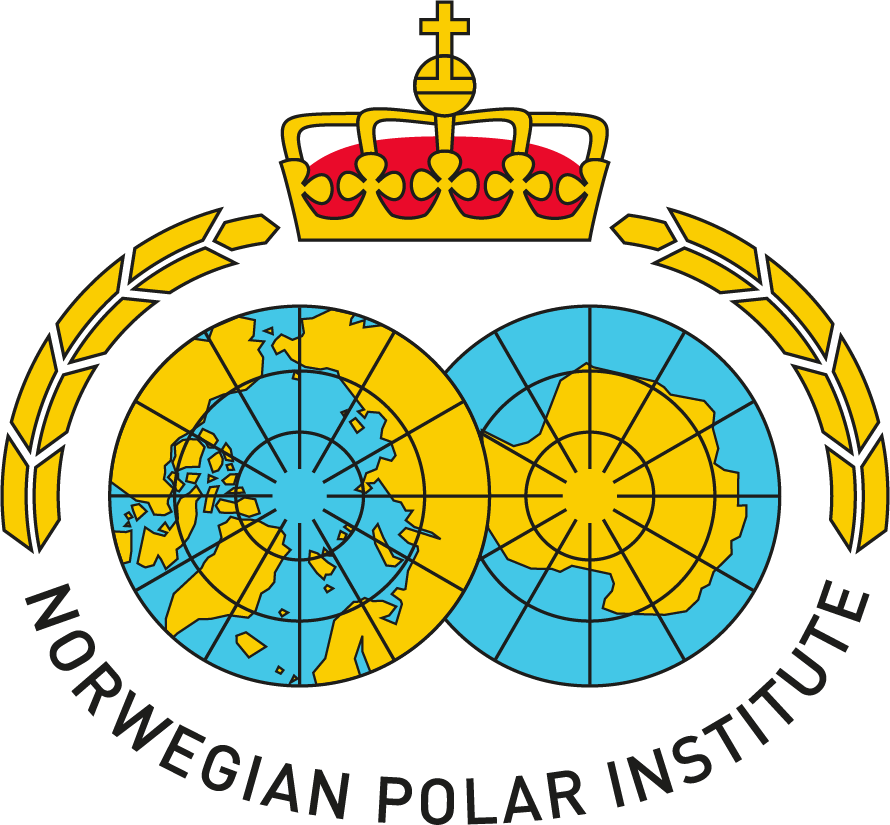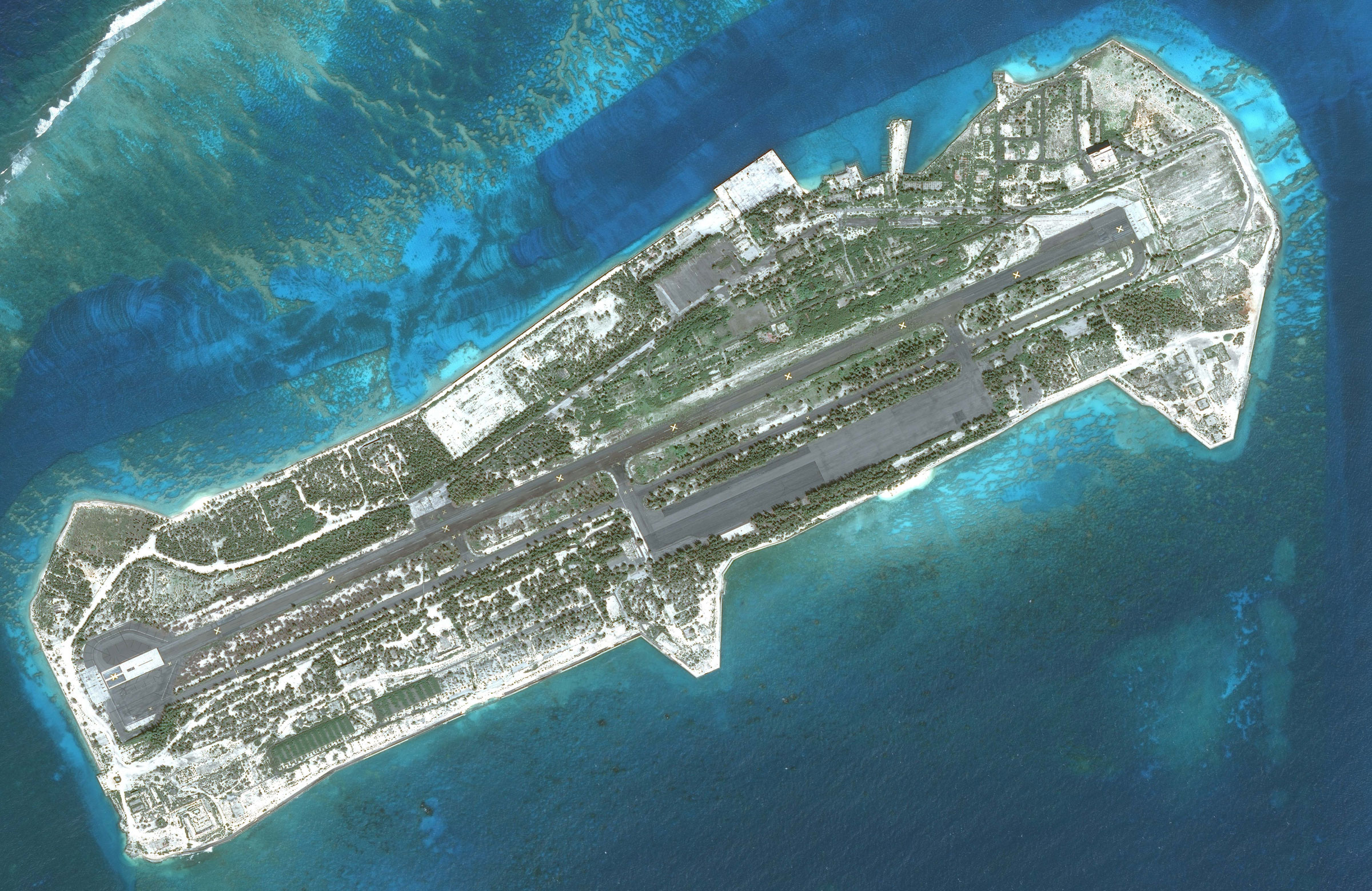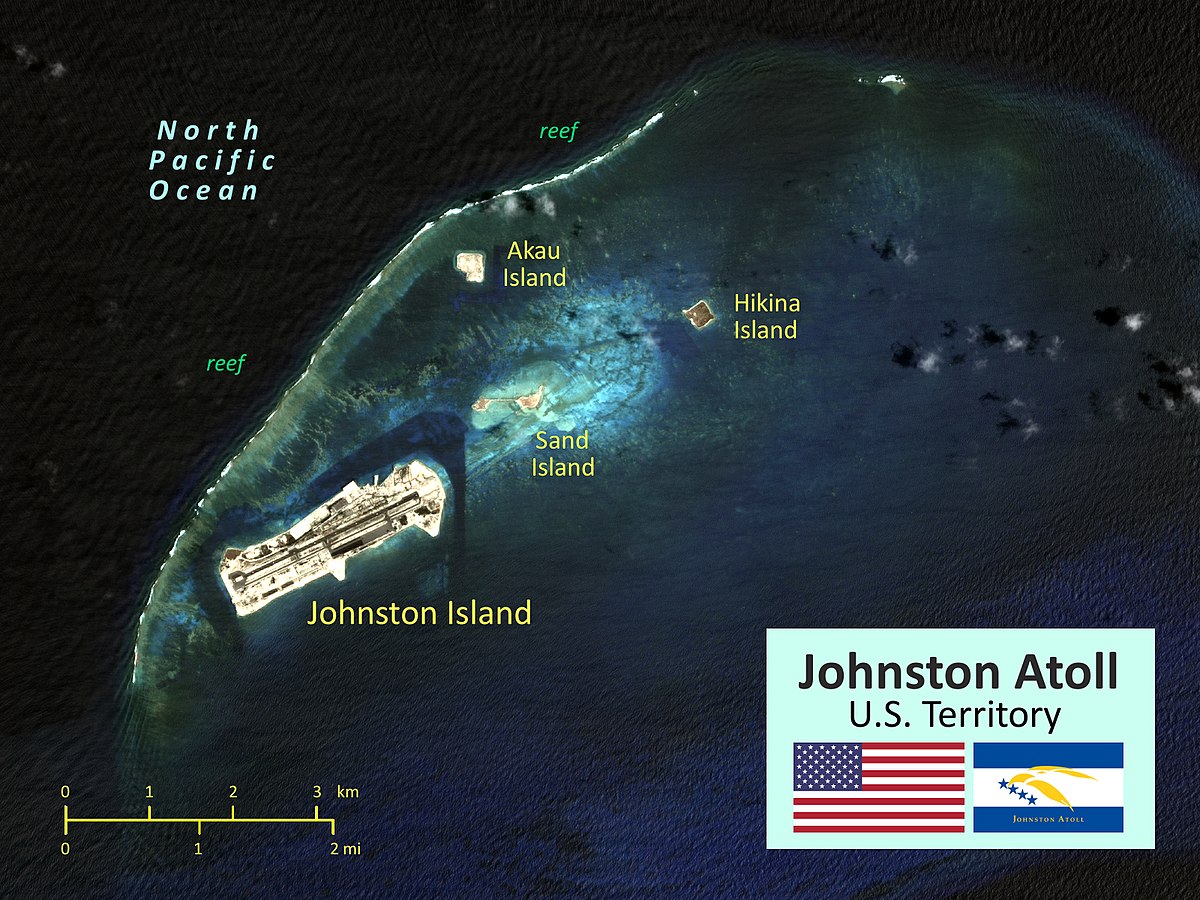Then that's a particularly poor choice of design, as it is sacrificing significant amounts of thrust potential by not completely burning fuel.
The Orion pulse unit would have been on the order of a kiloton, which is the upper end of the W54's potential. The lower "Davy Crockett" end of the potential was about 25 *tons.* It achieved that shitacularly low yeild by being intentionally ineffective... the blast was almost incidental, with "here's some fallout for your infantry, Commies" being the point of the device. But when set for the upper yield, it was much more efficient, though still kinda crappy. But getting *any* sort of decent efficiency at a mere 1 kiloton remains a challenge. And for a 10-meter Orion, 1 kiloton is roughly where you want to be. Going more powerful doesn't increase thrust... it breaks your ship.
The first gen of 10-meter Orion pulse units would almost certainly have been W54 derived. Ted Taylor claimed to have figured out how to make vastly more efficient low-yield devices, which would have fed into later-gen pulse units. The explanation as to why the US never developed more efficient bitty-bombs is several-fold:
1:The nuclear arsenal never had that many bombs, so there wasn't a lot of incentive to spend the billions needed to make substantially more efficient ones. A single Orion mission would require more identical pulse units than there were of any other kind of nuke in the US arsenal, so making them more efficient would have been vital.
2: If the US *did* develop a nearly fission-free nuke in the kiloton range, then that would be proof that it was possible. The Soviets would eventually figure it out as well, quite possibly aided by espionage. That would allow them to build a bajillion nukes. That's bad.
3: If the Soviets figured out how to build a bajillion cheap low-fissionables nukes, then eventually China, India, Pakistan, North Korea, Syria, Iran, SPECTRE, the IRA, the PLO, the WEF, Soros, the SAG and all the other well-funded scumbags and villains in the world would *eventually* either figure it out and start making their own, or just buy them from drunk Wagnerites with a couple kegs of bathtub vodka.

